Is ISRO’s Chandrayan Mission a Success?
In
Log in if you are already registered
NASA has lauded Chandrayaan-2, saying India's moon mission has "inspired" the US space agency which is keen to jointly explore the solar system with ISRO, a day after the lunar expedition suffered a snag while attempting a historic landing on the uncharted South Pole of the Moon.
The Indian Space Research Organisation's (ISRO) plan to soft-land the Chandrayaan-2's Vikram module on the lunar surface did not go as per script in the early hours of Saturday, with the lander losing communication with ground stations during its final 2.1-km descent.
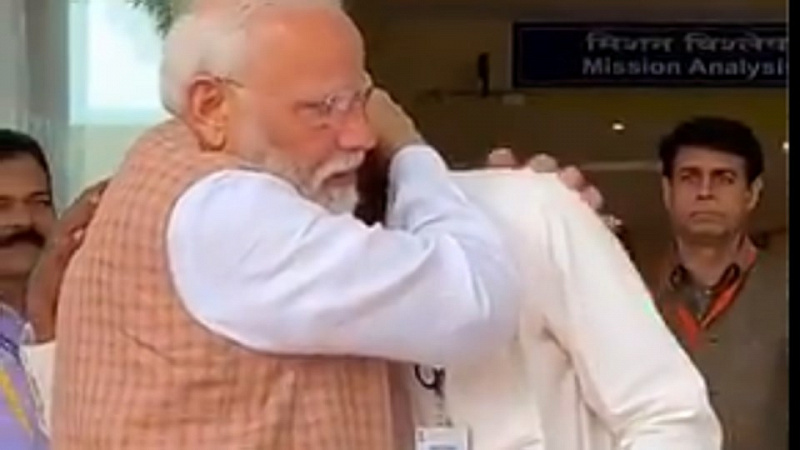
"Space is hard. We commend ISRO's attempt to land their Chandrayaan2 mission on the Moon's South Pole," the National Aeronautics and Space Administration (NASA) said in a tweet.
"You have inspired us with your journey and look forward to future opportunities to explore our solar system together," it said.
A senior Trump administration official also praised India's Chandrayan-2, describing ISRO's efforts as "incredible".
"We congratulate ISRO on their incredible efforts on Chandrayaan2. The mission is a huge step forward for India and will continue to produce valuable data to fuel scientific advancements. We have no doubt that India will achieve its space aspirations," Acting Assistant Secretary for South and Central Asia Alice G Wells tweeted.
"Space is hard. We commend ISRO's attempt to land their Chandrayaan2 mission on the Moon's South Pole," the National Aeronautics and Space Administration (NASA) said in a tweet.
"You have inspired us with your journey and look forward to future opportunities to explore our solar system together," it said.
A senior Trump administration official also praised India's Chandrayan-2, describing ISRO's efforts as "incredible".
"We congratulate ISRO on their incredible efforts on Chandrayaan2. The mission is a huge step forward for India and will continue to produce valuable data to fuel scientific advancements. We have no doubt that India will achieve its space aspirations," Acting Assistant Secretary for South and Central Asia Alice G Wells tweeted.
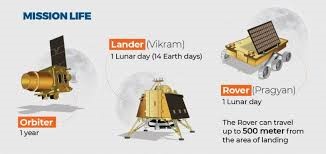
Former NASA astronaut Jerry Linenger told PTI on Saturday that the lessons learnt from India's "bold attempt" to soft-land Chandrayaan-2's Vikram module on the lunar surface will help the country during its follow up missions.
India was all set to become first country to land on South Pole of Moon but when the Lander was at an altitude of 2.1 Kms and was descending for soft landing it lost signal with ISRO’s Earth Station in Bangalore. Just to simplify it for my readers it was Hug Dryden Ex Officio Director of NACA(National Advisory Committee on Aeronautics) which was succeeded by NASA gave the basic concept of Orbiter,Lander & Rover in 1957 which was used by NASA in all its future missions.
Similarly Chandrayan-2 had three components-an orbiter,a lander by the name of Vikram and perhaps named after father of Indian Space Research,Vikram Sarabhai and a Rover named Pragyan. Orbiter has 8 payloads, Lander has 4 whilre rover had only 2 payloads.
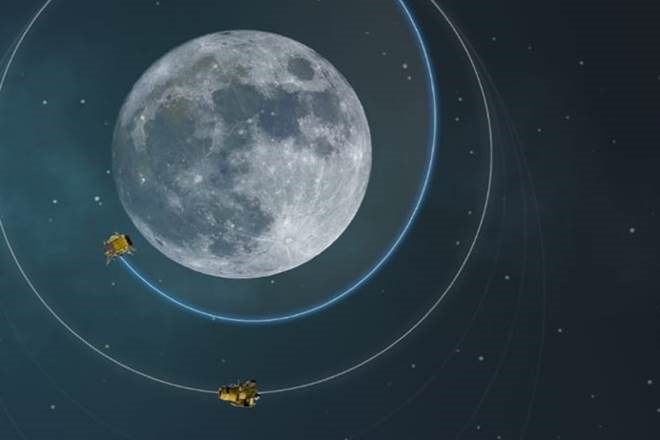
There were no payloads of any foreign agency except one from NASA and which is in Orbiter. The lander has 800 N four engines run on liquid nitrogen. Four on its four sides while the central engine in middle.Rover was supposed to walk on six wheels for 1 Lunar day which calculates to 14 days of earth. It has high resolution camera mounted on its front to take pictures of South Pole of Moon when the 27 Kg rover moves on surface with an estimated speed of 1 cm/second covering a distance of 500 meters in 14 days. It was supposed to send back signals to Lander which would have communicated with Earth station or orbiter. Orbiter also has an Orbital High Resolution Camera Mounted on it which will take pictures from an altitude of 100 kms and will keep orbiting for 2 years while having fuel for up to seven years. Orbital camera can take photos of any object on moon which is a little taller than a feet. And that is how it was possible for orbiter to take a thermal image of Lander lying on surface in a tilted position after a hard landing.
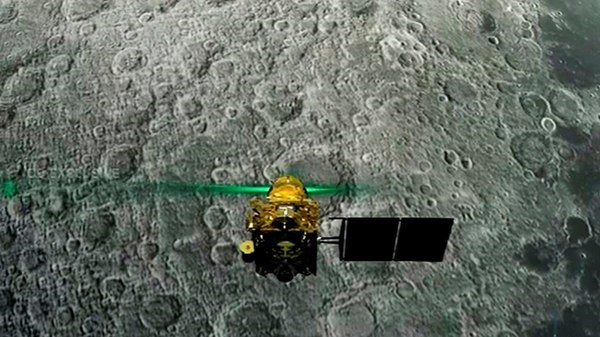
Now the big question is what would have happened to Lander after communication loss. There are several options.
1- Lander with 27 kg rover inside it landed on Lunar surface in desired fashion after communication loss. (Which did not happen).
2- The soft landing did not happen so we can call it hard landing.In this case Earth station had no control on Lander after 2.1 kms but due to gravitational pull the Lander crash landed on surface (which is most probable option)
3- If it was a hard landing with out any control from ISRO Center again there are 2-3 option
4- Lander landed without much harm.All its payloads are safe including rover but due to odd landing site which is 500 meters away from actual landing site its unable to communicate.
5- Lander landed with damages in its payload and hence unable to communicate
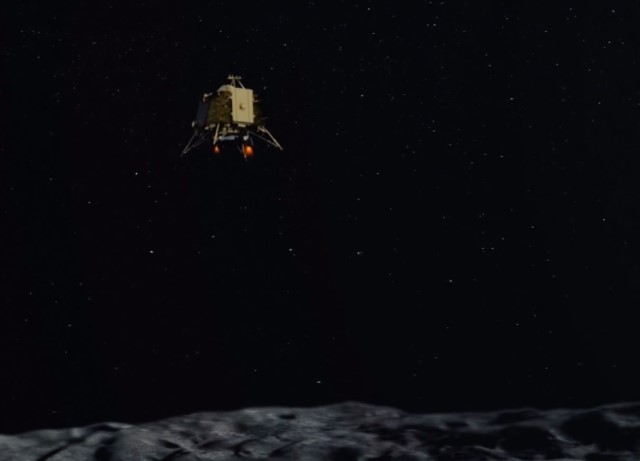
In all above cases on thing is sure that Orbiter will keep orbiting around moon and will complete its period and will send back pictures to ISRO’’s center for next 1-2 years. So it can not be ruled out that Mission is a partial success.
Now if in coming days ISRO gets success in establishing a contact with lander and pulls out rover from it which as I feel would be safe inside lander the mission can be termed as success as the core objective and core work was supposed to be accomplished by Rover. Lander was nothing but just a vehicle to carry rover to lunar surface from Orbiter.
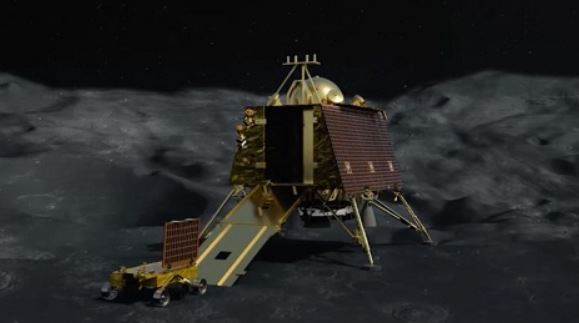
In any case we at any given point of time say that Mission is not a fail but a partial success and we can say to world “Copy That” as we already have landed on South Pole of Moon even if landing was hard.
Journalist / Acdemic / Writer and NASA Certified Educator
Blog: India and Beyond
Rating: 0




